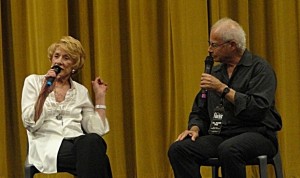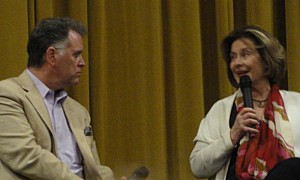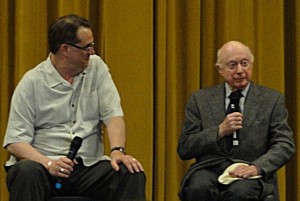The Film Noir Foundation and the Litquake Literary Festival will present “Dennis Lehane in Conversation with Eddie Muller” Thursday, Aug. 18, at San Francisco’s Herbst Theatre. Novelist Lehane’s body of work includes “Mystic River,” “Gone, Baby, Gone,” and “Shutter Island,” all adapted into excellent neo-noir films.
Litquake invites FNF members to attend the event at a special discount — $10 for advance tickets, a $2 savings. Enter the code “FRIENDS” in the City Box Office ticket system. For event details and more on the festival, visit the Litquake site.













![220px-Loophole[1]](http://www.filmnoirblonde.com/wp-content/uploads/2011/05/220px-Loophole11-196x300.jpg)


![220px-DamnedDontCry[1]](http://www.filmnoirblonde.com/wp-content/uploads/2011/05/220px-DamnedDontCry11-210x300.jpg)












From FNB readers